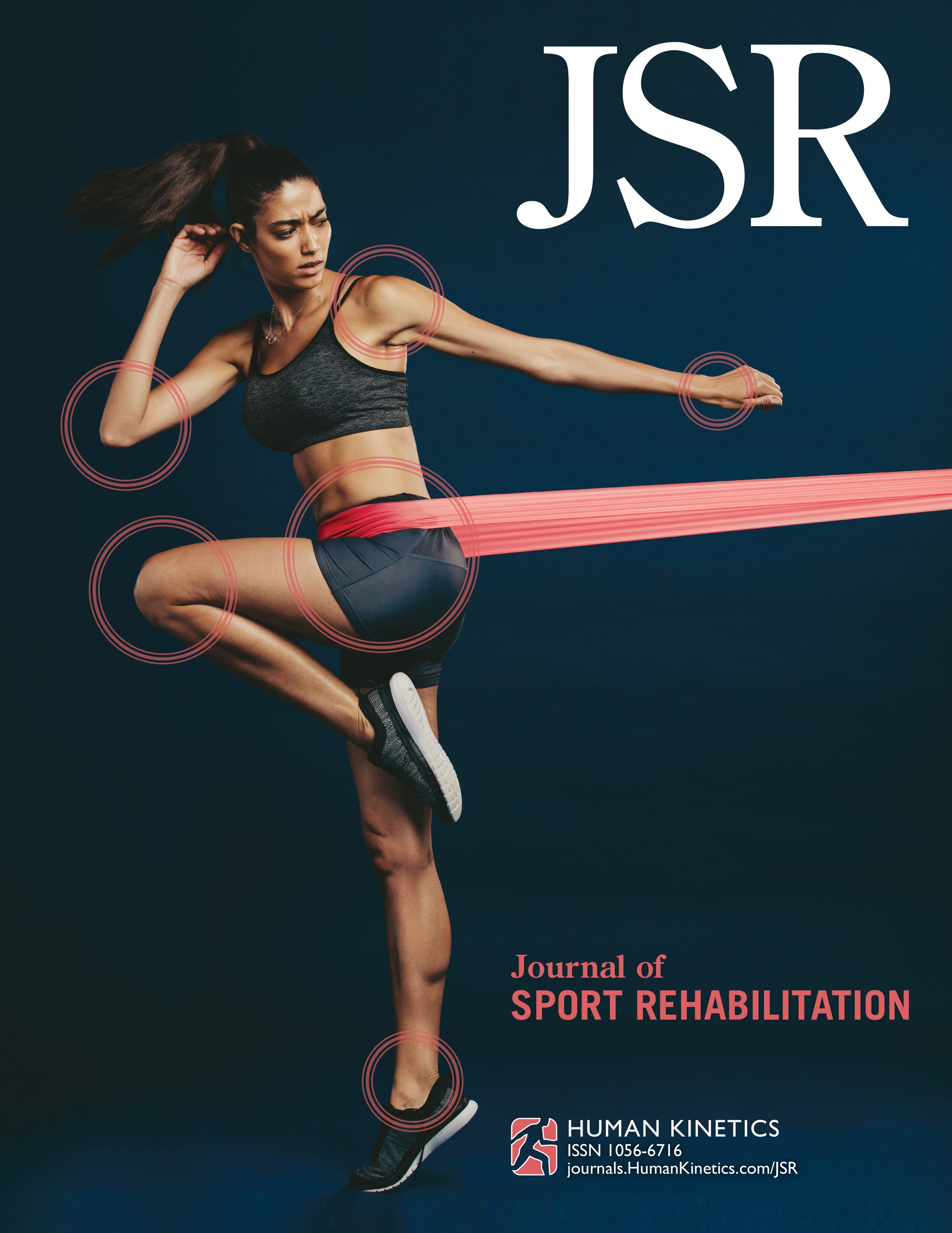
Contralateral Knee Neuromuscular Exercises After Anterior Cruciate Ligament Reconstruction

Contralateral Knee Neuromuscular Exercises After Anterior Cruciate Ligament Reconstruction
The Effect of Contralateral Knee Neuromuscular Exercises on Static and Dynamic Balance, Knee Function, and Pain in Athletes Who Underwent Anterior Cruciate Ligament Reconstruction: A Single-Blind Randomized Controlled Trial.
J Sport Rehabil . 2023 Mar 14;32(5):524-539.Did you know you're eligible to earn 0.5 CME credits for reading this report? Click Here
Synopsis
Thirty patients who underwent anterior cruciate ligament reconstruction were randomized to receive either an 8-week contralateral neuromuscular knee exercise program (n=15) or routine physiotherapy (n=15). The primary outcomes of interest included the Star Excursion Balance Test (SEBT), Balance Error Scoring System (BESS), Stork Balance Stand Test, and the Lysholm questionnaire. The secondary outc...
To view the full content, login to your account,
or start your 30-day FREE Trial today.
FREE TRIAL
LOGIN
Forgot Password?
Explore some of our unlocked ACE Reports below!

Learn about our AI Driven
High Impact Search Feature
Our AI driven High Impact metric calculates the impact an article will have by considering both the publishing journal and the content of the article itself. Built using the latest advances in natural language processing, OE High Impact predicts an article’s future number of citations better than impact factor alone.
Continue



 LOGIN
LOGIN

Join the Conversation
Please Login or Join to leave comments.